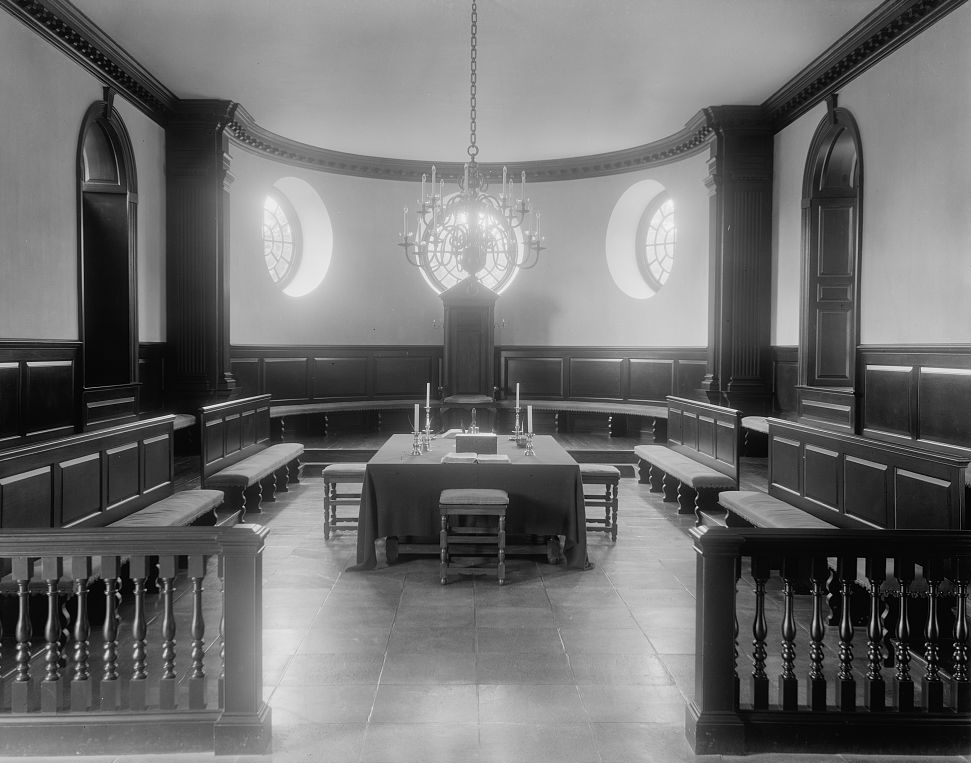The Virginia House of Burgesses was formed on July 30, 1619, establishing the first democratically elected legislative body in the American colonies.
Governor Sir George Yeardley convened the meeting at the new timber church on Jamestown Island, Virginia. In attendance were 22 members: two Burgesses (representatives) elected from Virginia’s eleven settlements. It also included Governor Yeardley’s six-man council, the colony’s secretary and treasurer, and John Pory as the speaker.
Some notable members included future leaders like George Washington and Thomas Jefferson.
It all began with the Great Charter that the Virginia Company of London issued in 1618. The charter was drafted by Sir Thomas Smythe and Sir Edwin Sandys, replacing the existing military government at the time with a new structure.
This new structure included a governor appointed by the King and an advisory council known as the Council of State. The charter allowed the governor to call a General Assembly to make laws, giving the colonists some self-governance while the Virginia Company controlled the area.
During their six-day session, the assembly members passed important laws on topics such as who qualified to be a Burgess, the tobacco trade, gambling, and religion. They also made the Church of England the official church and protected the colonists’ land rights.
The House of Burgesses may not have been perfect—only white men who owned property could vote for Burgesses—but it was a big deal and served as the springboard for the American Revolution. It showed that the people of Virginia had a say in how to run legislative affairs.

